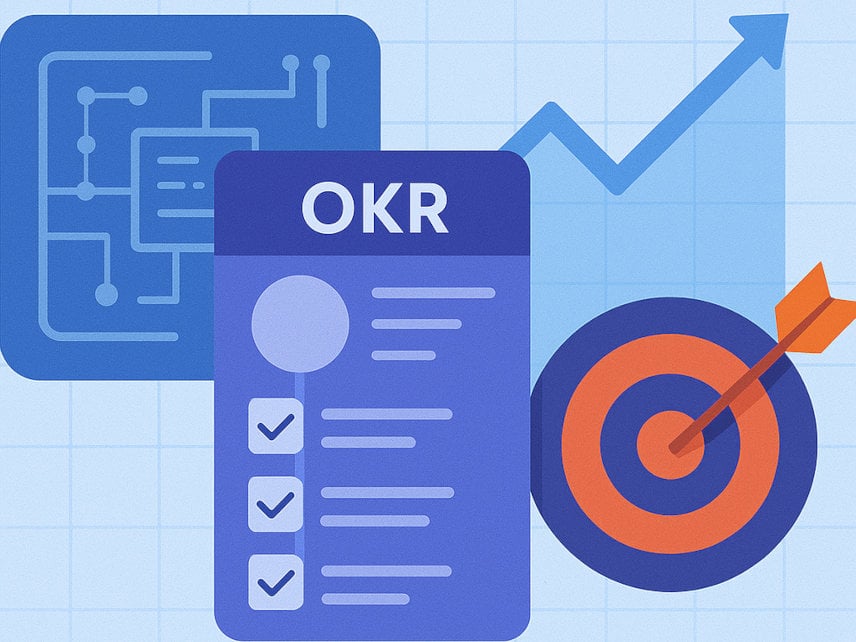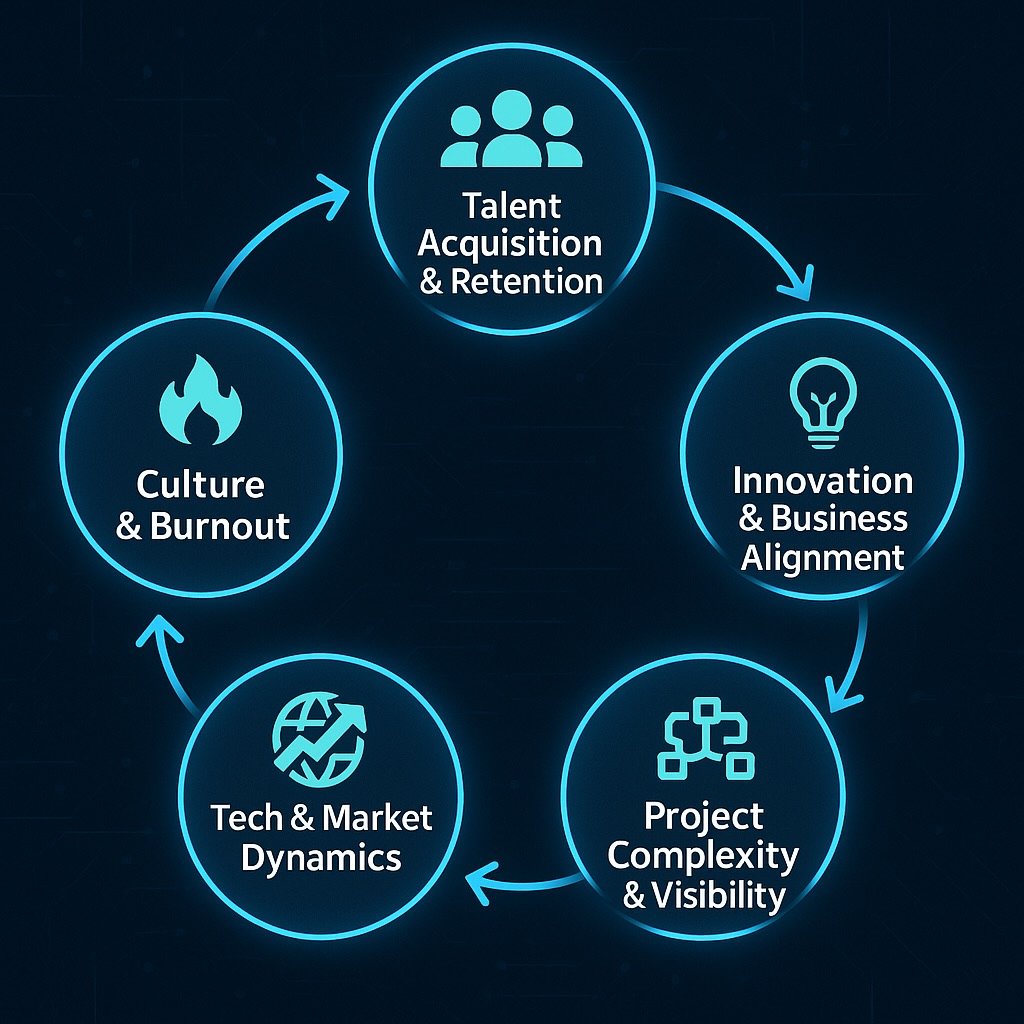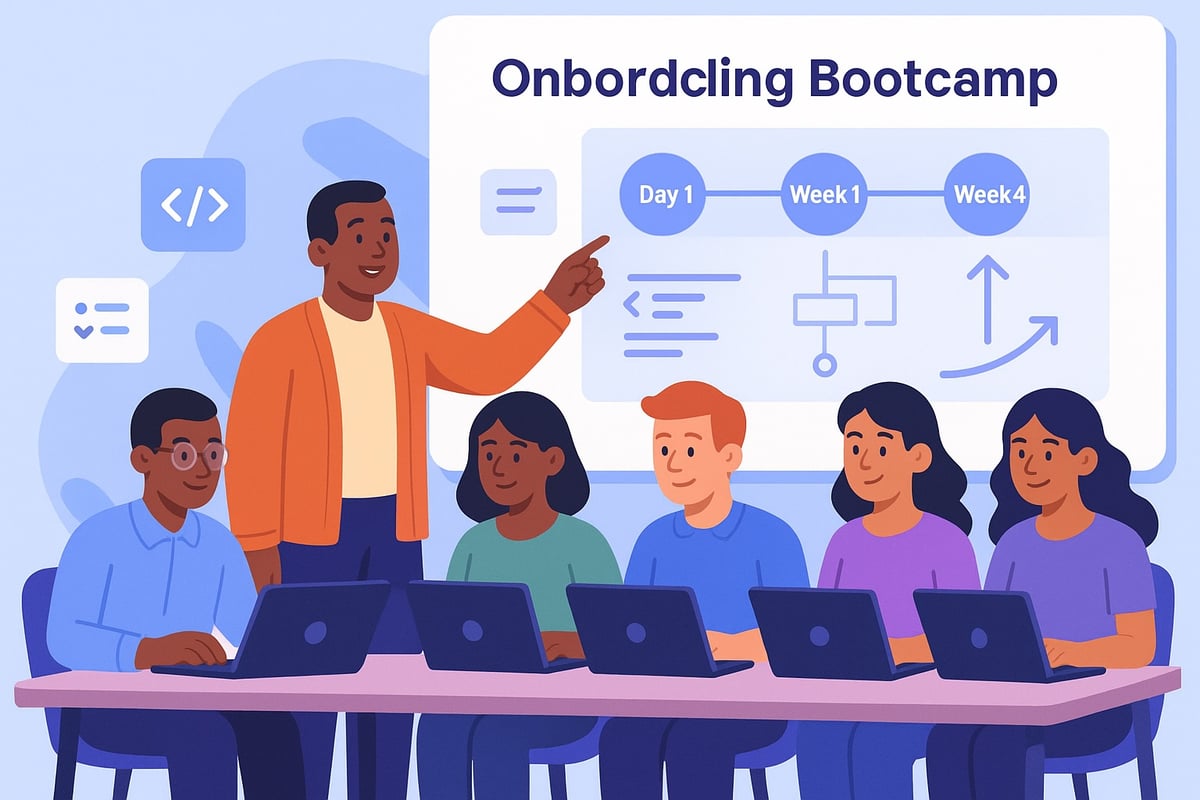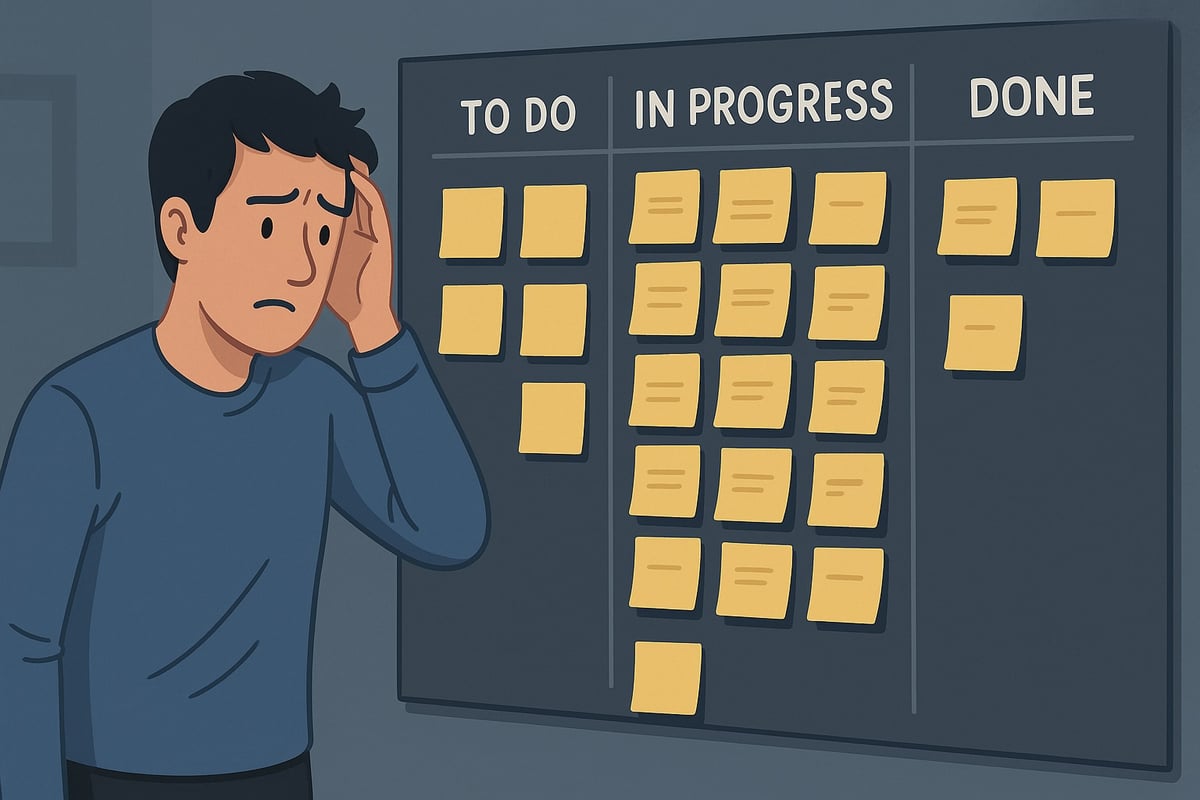Let’s be honest: engineering OKRs often suck.
You’ve seen them. “Refactor the database layer.” “Write 100 unit tests.” “Migrate to Kubernetes.” These aren’t really OKRs, they’re just tasks dressed up in fancy clothing. And they’re exactly why so many engineering teams feel ineffective at measuring their goals, with 1 in 5 teams reporting they’re not effective at all.
But here’s the thing. When done right, OKRs have the power to transform engineering teams from cost centers into strategic business drivers. Most teams are just doing them wrong.
What Makes Engineering OKRs Different
First, let’s clear something up. Engineering OKRs aren’t Product OKRs with a technical twist. They serve a fundamentally different purpose.
Product OKRs focus on customer value. Engineering OKRs focus on the quality of the technical work which is your team’s ability to ship quality software sustainably and efficiently.
Another good way to think about it is that if Product OKRs are about what you’re building, Engineering OKRs are about how well you can build it.
The Three Cardinal Sins of Engineering OKRs
Before we dive into what works, let’s talk about what doesn’t.
Sin #1: Mixing Leading and Lagging Indicators
Bad: “Reduce production bugs by 30%” Why it fails: Bug count is a lagging indicator. By the time you measure it, the damage is done.
Better: “Increase code review coverage to 95% and reduce PR size to <150 lines” Why it works: These are leading indicators that predict quality improvements.
Sin #2: Including “Run-the-Business” Metrics
Bad: “Maintain 99.9% uptime” Why it fails: Unless you’re recovering from major issues, this is just keeping the lights on.
Better: “Reduce incident response time from 30 minutes to 10 minutes” Why it works: This drives actual improvement, not just maintenance.
Sin #3: Task Lists Masquerading as Key Results
Bad: “Complete database migration to PostgreSQL” Why it fails: This is an action, not an outcome.
Better: “Reduce query response time by 50% (from 800ms to 400ms)” Why it works: This focuses on the business impact, not the technical solution.
The Framework That Actually Works
Here’s my battle-tested approach to engineering OKRs that align with business outcomes:
Step 1: Start with Business Impact
Every engineering objective should answer this question: “How does this help the business win?”
Example transformation:
- Business goal: “Expand into Latin American markets”
- Engineering objective: “Build infrastructure that delights users in low-bandwidth regions”
- Key results:
- Reduce page load time to <3 seconds on 3G networks
- Decrease API payload sizes by 60%
- Achieve <100ms latency from new São Paulo data center
See the connection? The technical improvements directly enable business expansion.
Step 2: Balance Your Engineering Investments
Top-performing teams balance their OKRs across different focus areas. I recommend investing at least 60% of engineering resources into new value and feature enhancements while maintaining enough capacity for technical debt reduction and innovation experiments.
This balance ensures you’re moving forward while keeping the engine running smoothly.
Step 3: Make It Measurable (But Not Crazy)
Google famously aims for 70% OKR achievement. Anything higher means you’re sandbagging. Here’s their scoring system:
- 0.3 = You missed the mark by quite a lot
- 0.7 = You didn’t hit your target but made great progress
- 1.0 = You hit your stretch target
This approach encourages ambitious goals without demoralizing teams.
Real-World Examples That Drive Results
Here are OKRs that demonstrate best practices for different engineering contexts:
For a High-Growth Startup:
Objective: Achieve product-market fit velocity
- KR1: Reduce feature cycle time from 3 weeks to 1 week
- KR2: Increase deployment frequency from weekly to daily
- KR3: Cut customer-reported bugs by 40%
For an Enterprise Team:
Objective: Become the platform teams love to build on
- KR1: Reduce new developer onboarding time from 2 weeks to 3 days
- KR2: Increase internal platform NPS from 6 to 8
- KR3: Cut average build time from 15 minutes to 5 minutes
For a Team Struggling with Quality:
Objective: Ship with confidence
- KR1: Reduce production incidents from 8/month to 2/month
- KR2: Increase test coverage from 45% to 75%
- KR3: Cut mean time to recovery (MTTR) from 4 hours to 30 minutes
Your OKR Template
Here’s a simple template to get you started:
Objective: [Clear, inspiring statement of what you want to achieve]
Context: [How this connects to business goals]
Key Result 1: [Measurable outcome, not task]
- Current: [Baseline metric]
- Target: [Ambitious but achievable number]
- Why it matters: [Business impact]
Key Result 2: [Another measurable outcome]
- Current: [Baseline metric]
- Target: [Ambitious but achievable number]
- Why it matters: [Business impact]
Key Result 3: [Final measurable outcome]
- Current: [Baseline metric]
- Target: [Ambitious but achievable number]
- Why it matters: [Business impact]
Implementation: Where the Rubber Meets the Road
Setting OKRs is the easy part. Making them stick requires:
- Weekly Check-ins: Not lengthy meetings—just quick syncs on progress and blockers
- Visible Dashboards: If you can’t see it, you can’t improve it
- Quarterly Reviews: Celebrate wins, learn from misses, adjust for next quarter
Pro tip: Engineering management platforms like Jellyfish or LinearB can automate OKR tracking by pulling data from your existing tools (Jira, GitHub, etc.). This eliminates the “manual update tax” that kills most OKR initiatives.
The Payoff
When you nail engineering OKRs, magic happens. Teams report significant improvements in alignment, focus, productivity, and accountability. Benefits include enhanced transparency, better knowledge sharing, and improved collaboration.
But here’s the real win: your engineering team becomes a true partner to the business, not just a service provider.
Next Steps
Ready to transform your engineering OKRs? Start here:
- Review your current OKRs against the three cardinal sins
- Pick one business goal and translate it into an engineering objective
- Set 2-3 measurable key results that predict success
- Share with your team and get their input
Want to dive deeper? Check out my posts on metrics that matter to executives, strategic planning frameworks, and addressing top engineering leadership challenges.
Remember: OKRs aren’t about perfection. They’re about progress. Start small, learn fast, and iterate. Your future self (and your team) will thank you.








